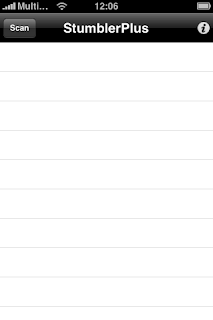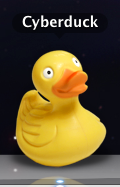 How to solve when on iPhone contact names are not showing, only the number
How to solve when on iPhone contact names are not showing, only the numberOn iPhones the incoming calls do not show names even though you have saved that numbers in your contacts. We have 2 solutions
Solution for Verizon iPhones
One anonymous user (thanks!!!) has submitted in the comments a solution for user with verizon iPhones. Apparently the root of the problem is not because of your phone's, international settting or firmware but it is the iphone's carrier fault. To fix the problem:
1. Call *228 on your verizon phone and press 1 to program
2. Call *228 on your verizon phone again and press 2 to update your roaming status.
3. Turn off your phone and turn it back on.
Solution with iPhones with old firmwares3. Turn off your phone and turn it back on.
Did this solution work for you? Your input can be helpful for other users. Please leave your feedback on the comments and state the version of the operating system you are using. Alternatively you can like this post.
Using an iPhone in an unsupported country on versions 1.1.3 or earlier the problem.
Under 1.1.1 I solved this using this fix
Under 1.1.3. After some research I found a simple way to solve the phone number problem. Previously there were some solutions which involved manually uploading files via SSH and changing some iPhone's files. I have found a method here for solving the problem with the installer and whithout any manual intervention.
This method is reported to solve a certain crash and the name problems. As I didn't have any crash I was a little worried that it might cause some troubles.After having tested it my iPhone I can report that it works fine and the phone number problem is fixed.
Did this solution work for you?
Your input will be helpful for other users. Please leave your feedback on the comments and state the version of the operating system you are using. Alternatively you can like this post.











